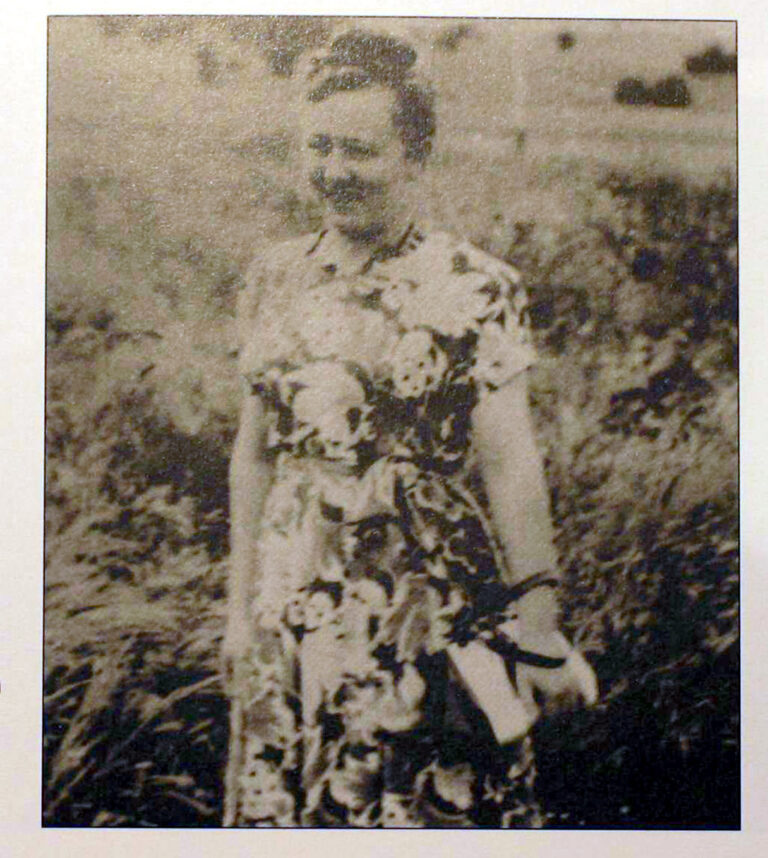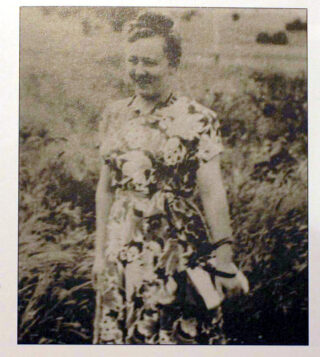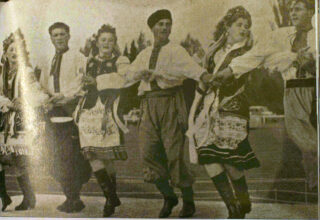- Entry type: Concept
- Entry ID: AWE2143
Ukraine Born Community of Australia

Summary
Ukraine is located on the northern coast of the Black Sea in south-eastern Europe. The area of present-day Ukraine was populated only by Scythian nomads until the 6th century AD, when Slavic people begin to settle in the area. An organised political entity, known as Rus, evolved around Kyiv. (Russia, which later evolved around the principality of Moscow, did not yet exist).
In the fifteenth century Ukraine became part of the Grand Duchy of Lithuania, and then of the Polish-Lithuanian ‘Commonwealth’ (Rzeczpospolita), until the eastern half of the country was finally annexed by Muscovy in the seventeenth century. With the annexation of the Polish- Lithuanian Commonwealth by Russia in 1795, the whole of Ukraine came under Russia’s rule until 1918.
Ukrainians managed to establish an independent Ukrainian state in 1918, but it could not withstand simultaneous attacks by Poland from the west and Russia from the east. Ultimately the fighting ended in the partition of Ukraine between Poland and the USSR. Ukrainians suffered greatly under Stalin’s repression during the inter-war period. An artificially-induced famine, in which Ukrainians estimate about six million
people died, was used by Stalin to forcibly implement the collectivisation of agriculture in Ukraine. Ukraine remained occupied by the USSR until 1991, when the latter was dismantled.
It is believed that prior to World War I up to 5,000 Ukrainian workers had settled in Australia. Ukraine was a major area of conflict in World War II and many Ukrainians fled to Western Europe, where they were interned as Displaced Persons (DPs). The first Ukrainians began arriving from the refugee camps in late 1948. They came to Australia on assisted passages which included two-year work contracts with the Commonwealth Government. Among the migrants were priests, lawyers, doctors and engineers, but the vast majority were people from a rural background.
The 1947 census did not list Ukraine as a birthplace, but the 1954 Census recorded 14,757 Ukraine-born. After that the number of migrants from the Soviet Ukraine was negligible, apart from some Ukrainian Jews. There was also limited migration of Ukrainians from communities in Poland and
Yugoslavia. Migration from Ukraine has only been significant since independence in 1991. The 1996 Census recorded 13,460 Ukraine-born people resident in Australia (up from 9,051 at the 1991 Census). Most live in Victoria and New South Wales.
Details
The latest Census in 2001 recorded 14,100 Ukraine-born persons in Australia, an increase of 5 per cent from the 1996 Census. The 2001 distribution by State and Territory showed Victoria had the largest number with 5,800 followed by New South Wales (5,020), South Australia (1,490) and Queensland (880).
The median age of the Ukraine-born in 2001 was 64.8 years compared with 46.0 years for all overseas-born and 35.6 years for the total Australian population. The age distribution showed 4.3 per cent were aged 0-14 years, 6.7 per cent were 15-24 years, 19.1 per cent were 25-44 years, 20.3 per cent were 45-64 years and 49.7 per cent were 65 and over. Of the Ukraine-born in Australia, there were 6,280 males (44.6 per cent) and 7,820 females (55.4 per cent). The sex ratio was 80.4 males per 100 females.
At the 2001 Census, the rate of Australian Citizenship for the Ukraine-born in Australia was 94.5 per cent. The rate for all overseas-born was 75.1 per cent.

